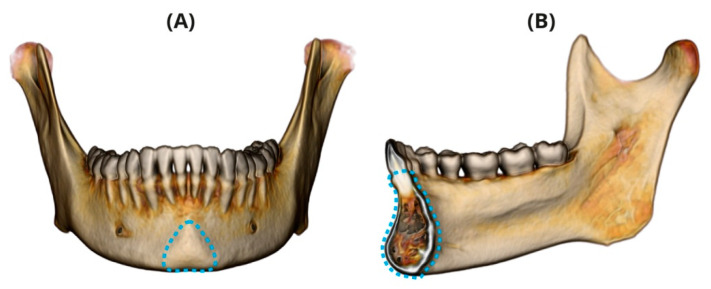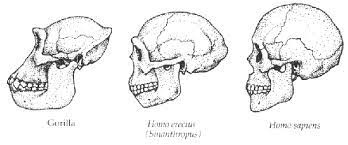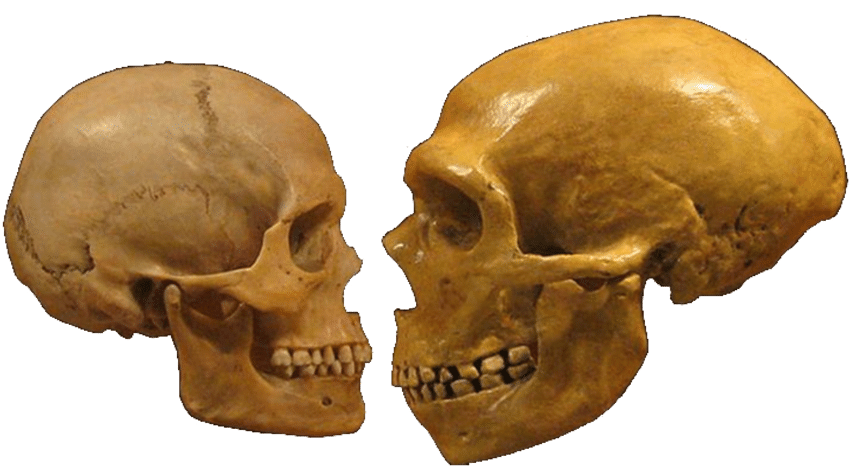Fifty years of solving the NY Times Crossword puzzles have blessed me with a peculiar vocabulary, but I also revel in their creative themes and clues. I settle in for Sunday breakfast, open the Times magazine and wonder how long it will take me to unlock the theme, obliquely hinted at by the title. One memorable crossword was titled E-Land, and halfway through I realized that “E” was the only vowel used in the entire puzzle – over two hundred different words. What a satisfying moment, one that left me in awe of the constructor who could pull off such a feat. The clues themselves often involve clever misdirection or puns. I have learned to spot heteronyms (words spelled the same but pronounced differently) like wind, which may be either a breeze or what you do with a ball of wool. The crossword puzzle offers a glimpse into human creativity, accessible every week at the kitchen table.
On June 22, 2022, clue 25A described a four-letter word as a “Body part that humans have that other primates don’t.” I have a working knowledge of comparative anatomy dating to my college days as a zoology major but struggled to imagine the solution. Sometimes the crossword answer involves a “rebus,” where more than one letter fits into a square. There was no way to compress “opposable thumbs,” “fingerprint,” or “bipedal gait” into four letters. This clue was entirely intriguing. By solving the intersecting words, I determined that the answer was CH–. And then I got the other two letters. The solution was “chin.”
I wondered, “Certainly apes have chins, don’t they? How could a chin be ours alone?”
One of the honor codes among my brethren is to swear off the internet as a crossword lifeline, but there is no shame in investigating a provocative clue. The human chin called to me. Sometimes you inadvertently stumble into a rabbit hole, but I jumped at the chance to dive into the wonder of the mundane chin.
My first assumption – that the chin is merely that portion of the jaw directly below the mouth – is wrong. No, the chin, technically called the mentum osseum, refers to the small wedge-shaped bone located at the midline where the two halves of the jaw fuse during fetal development. The base of the triangle is created by “paired bulbous formations on either side of its inferior margin.” These formations determine the shape of the chin, indicated by the dotted blue lines in the figures below.

The key to the crossword puzzle clue, i.e., the unique human body part, is that we are the only animal whose chin extends beyond the teeth. In fact, the chin is a defining skeletal feature of modern man.
From an anatomic point of view that little nubbin that barely protrudes beyond the canines is what makes us modern humans. Our chin puts the sapiens into our homo.
I thought of my posthumous mentor, Charles Darwin, the great noticer of the natural world. His famous Galapagos finches are utterly bland birds to incurious eyes. Darwin noticed the small variations in their beak structure that predicted their function as seed or insect eaters. These beaks formed the crux of his theory of natural selection.
The uniqueness of the human chin would have fascinated Darwin. He would have searched for intermediate chins to illustrate their evolution, and then speculated on the function of the chin. However, the skeletal remains of early humans were incomplete during his lifetime. Darwin was aware of the first Neanderthal skull discovered in 1856, but only commented that the skull represented an early human. His lack of apparent interest in the chin can be excused since the prominent orbital ridges of the Neanderthal overshadowed the humble chin. Besides the first Neanderthal skull was missing the lower jawbone.
I imagined how Darwin would investigate. I considered his basic approaches: 1) the human chin provided a natural selection survival advantage, consistent with his 1859 book The Origin of the Species; or 2) the size and shape of the human chin plays a factor in mate choice. Darwin addressed sexual selection in his 1871 follow-up book, The Descent of Man.
An internet search revealed a lively and ongoing debate about the human chin along these Darwinian lines. There have been many studies of the mechanical stresses of our chewing or our unique form of speech that could have resulted in the natural selection of the human chin. This research did not produce compelling results. Others scientists suggested that the chin is an unintended consequence, genetically linked to a critical, but as yet unknown, survival advantage. We share 95% of our DNA with chimpanzees. Somewhere in the remaining 5% is the secret sauce that has propelled us to our dizzying apex – with the chin as a byproduct. This remains only a theory.
Slim data does support the chin as a factor in mate choice. The basic premise of this theory is that chin shape should differ between males and females. Two enterprising anthropologists used sophisticated CT scan analysis to compare chin shape in museum collections of human skulls. They found small but distinct differences in chin shape between sexes.
The data is not overwhelming but it does support an aesthetic role of the chin that is not shared by other primates. Certainly chin shape is a frequent topic in the popular press – square, pointed, strong, weak, chiseled, dimpled. (A dimpled chin results when the jawbone fails to fuse and the skin sags into the resulting gap.) However, the exact contribution to sex appeal remains elusive. Based on the strong American embrace of the concept of “more is better,” Jay Leno would be considered the sexiest man alive, the alpha male. Many would disagree with this designation, probably even his mother. .
If we assume the converse, “less is less,” Mitch O’Connell might be at the other end of the spectrum, His weak chin, accentuated by flabby neck skin, might place him in the running for the ugliest man in America, a designation many might agree with.
My detour into the mundane chin has salvaged my sense of wonder, which had taken a dark turn. I wonder about the casual and deliberate cruelty of Americans, I wonder how an oversized American flag has coopted its identity of unity to a symbol of divisive and uncompromising political beliefs, I wonder when the COVID pandemic will end, and I wonder about the dimming prospects of our planet. It is a dispiriting exercise.
Rabbit holes provide a more deft solution. I cradle my chin in my hand as I wonder at the breadth of human curiosity at work. I see the footprints of Darwin, I see people whose careers are built off the chin, I see the chin pushing the frontiers of CT analysis. I am thankful for the Crossword puzzle clue that has ushered me back to the pleasure of wonder.
Follow Liza Blue on:Share:





Thanks for a fascinating divertissement, before the start of our bank holiday (28th August).
Chin up!
Richard.